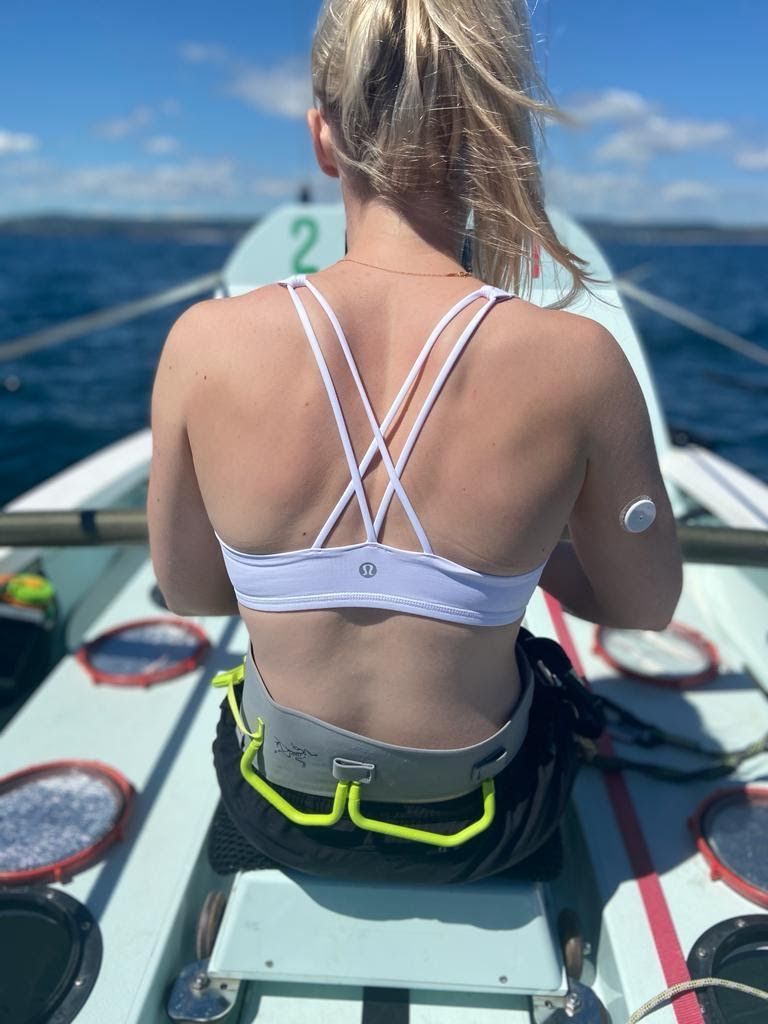The Covid pandemic has had far-reaching consequences. Many have reassessed their lives. Two doctors from the UK who’ve been working on the frontlines found the pandemic so tough that rowing 3000 miles across the Atlantic seems “easier.”
Charlie and Adam are accident and emergency (A&E) doctors who are temporarily hanging up their scrubs to take on The Talisker Whisky Atlantic Challenge (TWAC). The race starts in La Gomera, Canary Island, and finishes in Antigua in the Caribbean. Charlie jokes that she invited her husband Adam on vacation to Antigua but omitted that they’d get there on a self-supported, rowing boat.
The idea first started after the husband-and-wife team – racing under Emergensea Duo – completed master’s degrees in extreme medicine. The course inspired them to start dreaming about their own extreme challenge.
After two years responding to the Covid pandemic that left them mentally and physically drained, they decided TWAC would be the perfect “me time.”
“I know we’ve picked something quite challenging in order to start looking after ourselves for a bit, but this almost batters you down to rawness to build yourself back up again. We like the fact that it’s so remote to go with the physical and mental challenge. There is no support. You’re literally on your own to do this,” Charlie says.
As much as this adventure aims to recharge their batteries, in keeping with their sacrificial nature, they’re using the opportunity as a fundraiser to benefit frontline medical charities.
The couple aims to beat the mixed pair world record, which stands at 43 days, 15 hours, and 22 minutes.
As Adam puts it, while researching marginal gains, he came across Supersapiens. Not surprisingly, with a medical background, having access to real-time glucose data intrigued him. “I wanted to look into how we might adapt our nutrition for this low intensity, but extreme endurance mission we’re taking.”
The couple has been using the energy management system to prepare for the event. Food plays a major role as it’s the heaviest cargo on the boat. “In training, we found what products we’re going to eat, based on how we felt on the boat and what worked with seasickness. So, we narrowed a big group of foods down to a small group,” Adam says.
What they’ve learned so far.
Adam: We’re rowing two hours on, two hours off, so it’s been really hard to know when to eat, and you can’t really eat when you’re on the oars. We got it completely wrong before. I was eating huge amounts just before I got on the oars, but I had massive spikes because it’s low-intensity rowing. Then after 20 minutes on the oars, I was feeling rubbish. I couldn’t figure out why after eating so much. The app has helped us narrow down through trial and error what quantity of foods keeps us in the performance zone to minimize those peaks and troughs.
Charlie: Nutrition will play a huge part because we’re going to feel tired, hungry and seasick, but if we’re not keeping up the calories, we’re not going to get those watts out of rowing. It’s been interesting wearing the monitors on a day-to-day basis, with our jobs being all hours of the day and mostly night shifts. It’s been helpful to learn that it’s a low sugar level on a night shift that’s made me feel worse rather than sleep deprivation. I’ve learned that my sugar drops between 4 am and 5 am, so I’m conscious of having a snack around that time.
We’ve been getting our baseline values and seeing what our glucose does fluctuating through the early hours of the morning and in stressful situations. A lot of the time, we’re the most senior staff of the whole department through the night in A&E, so when we get a horrible trauma or a resuscitation come in, we’re the ones leading that, we’ve seen on the monitor how our glucose spikes in those situations and afterward it plummets. That correlates with us feeling absolutely awful, which is interesting because we will face stressful scenarios in the race. It’s been useful to know once the stressful situation is under control, we need to fuel quite quickly afterward to keep that glucose in a steadier state.
